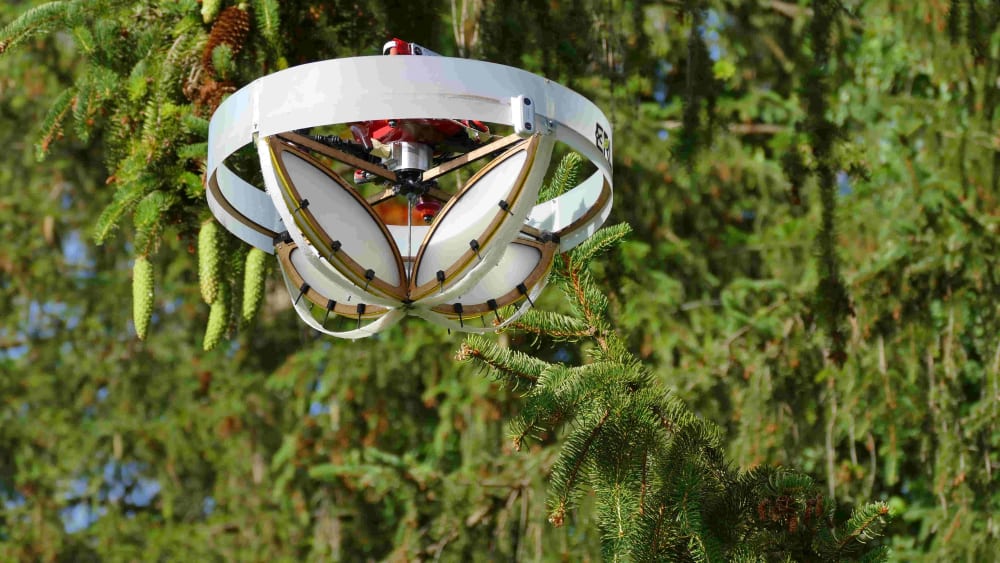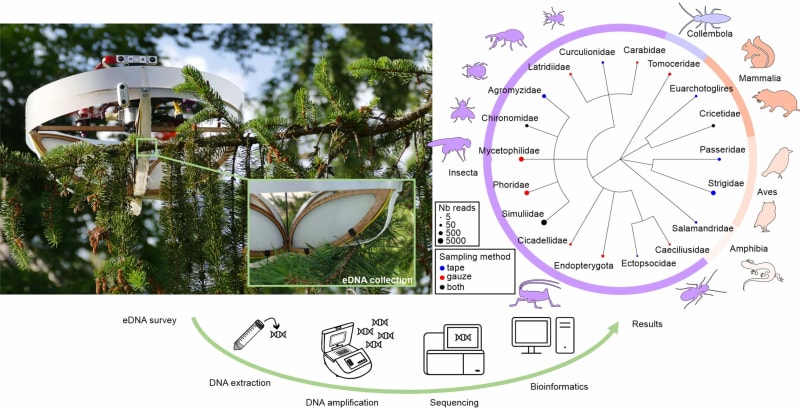
The loss of biodiversity is accelerating worldwide at an unprecedented rate. This decline poses a serious threat to human survival and well-being, as biodiversity supports vital services such as food production, provision of clean air and water, protection from diseases, and climate resilience. In December 2022, the historic Kunming-Montreal Agreement was reached, with more than 200 countries committing to halting and reversing this alarming loss of biodiversity.
Collecting actionable data at relevant ecological and political scales is crucial for protecting global biodiversity and driving conservation and restoration efforts. Environmental DNA (eDNA) surveys are non-invasive and can detect multiple species from a single environmental sample (such as water, soil, and air), making them a vital tool in this endeavour. Biomonitoring with eDNA involves collecting environmental samples and sequencing the genetic material released by the taxonomic groups in that environment. However, in the case of terrestrial ecosystems, the process of collecting eDNA can be arduous and expensive due to the numerous surfaces and sources that require to be manually sampled, as well as the limited accessibility of certain regions. Forests are a prime example of these difficulties and remain largely unmonitored despite being a hotspot for biodiversity.
The eDrone is a breakthrough solution for surveying biodiversity in hard-to-reach tree canopies. The eDrone is a quadrotor with a force-sensing cage that integrates sticky eDNA collectors. It can monitor species inhabiting forests simply by landing on branches and collecting eDNA with its sticky surfaces. The force sensing cage measures the interaction force between the branch and the drone. With this information, the eDrone controls its propellers to stabilize contact and adapt its movements to minimize the risk of sliding off both rigid and flexible branches. During a series of experiments, the eDrone successfully collected eDNA from inaccessible branches of seven different trees, enabling the identification of 21 taxa, including insects, mammals, and birds.
The eDrone can be considered the forerunner of a new generation of aerial robots capable of monitoring biodiversity in terrestrial ecosystems with accuracy and efficiency. This new biomonitoring paradigm will provide useful data for businesses and governments to report and manage natural risks and to enable more efficient conservation and restoration of the biosphere.
For more information see our paper published in Science Robotics: https://www.science.org/doi/10.1126/scirobotics.add5762
Video
-
Awards
-
 2023 Top 100 Entries
2023 Top 100 Entries
Like this entry?
-
About the Entrant
- Name:Emanuele Aucone
- Type of entry:teamTeam members:
- Emanuele Aucone
- Steffen Kirchgeorg
- Alice Valentini
- Loïc Pellissier
- Kristy Deiner
- Stefano Mintchev
- Software used for this entry:SolidWorks, Robot Operating System, Gazebo
- Patent status:none






